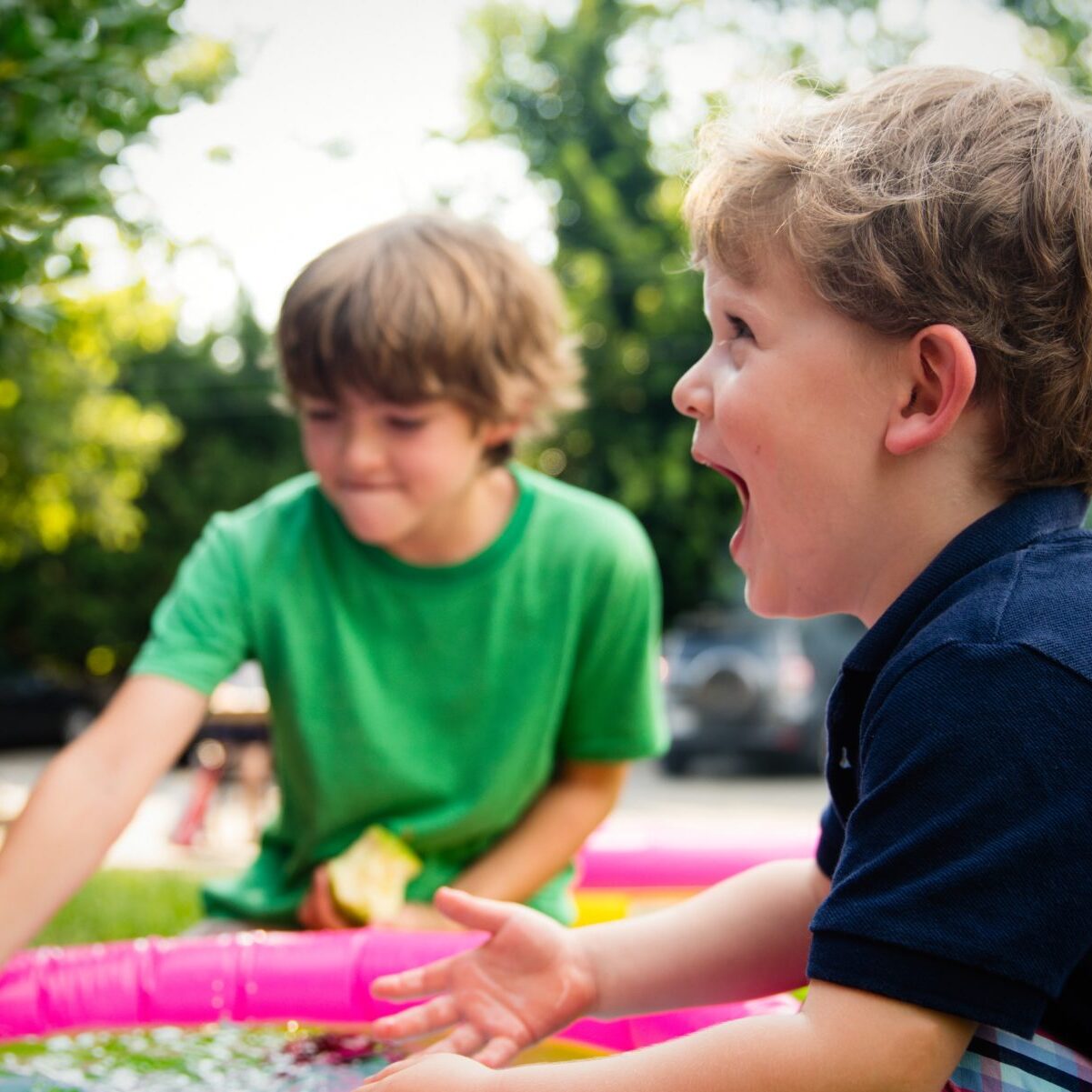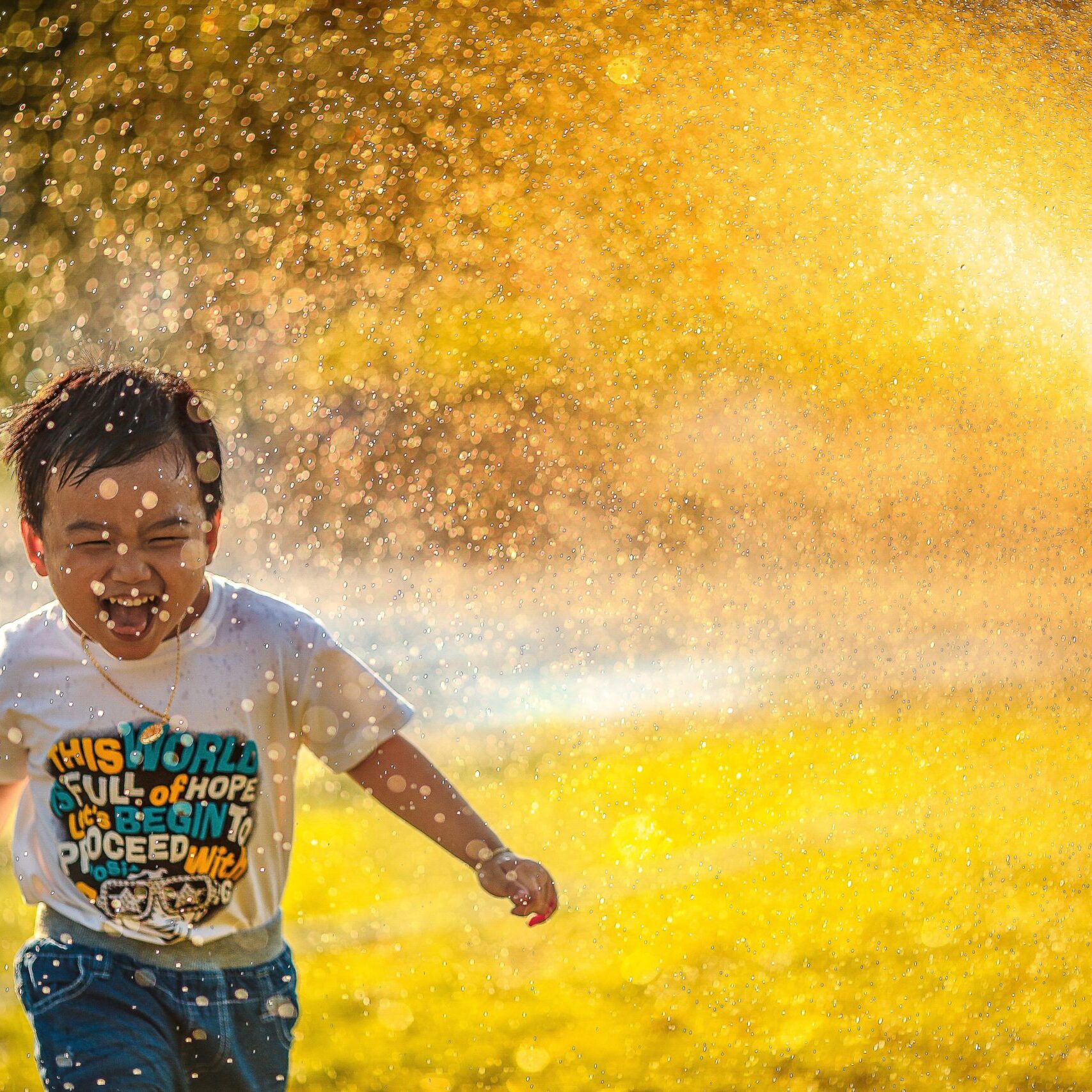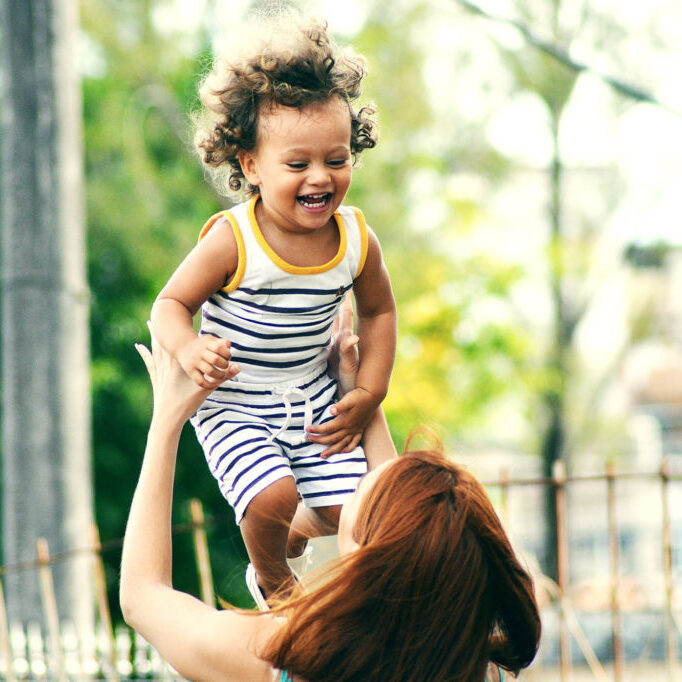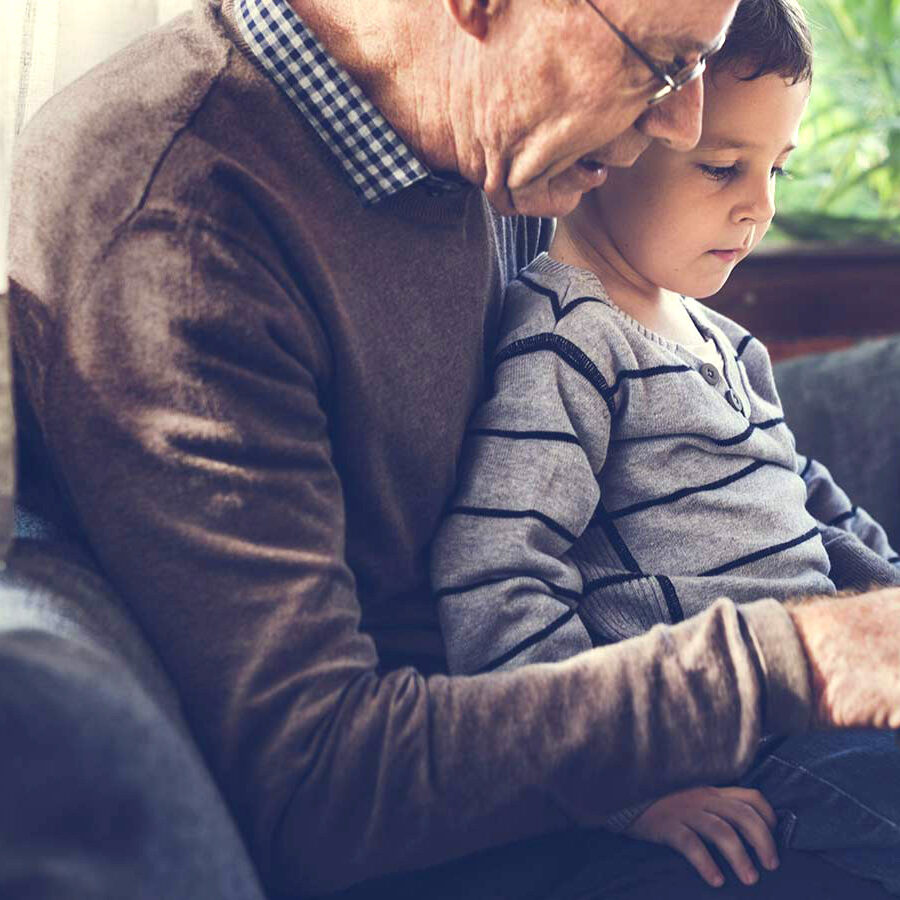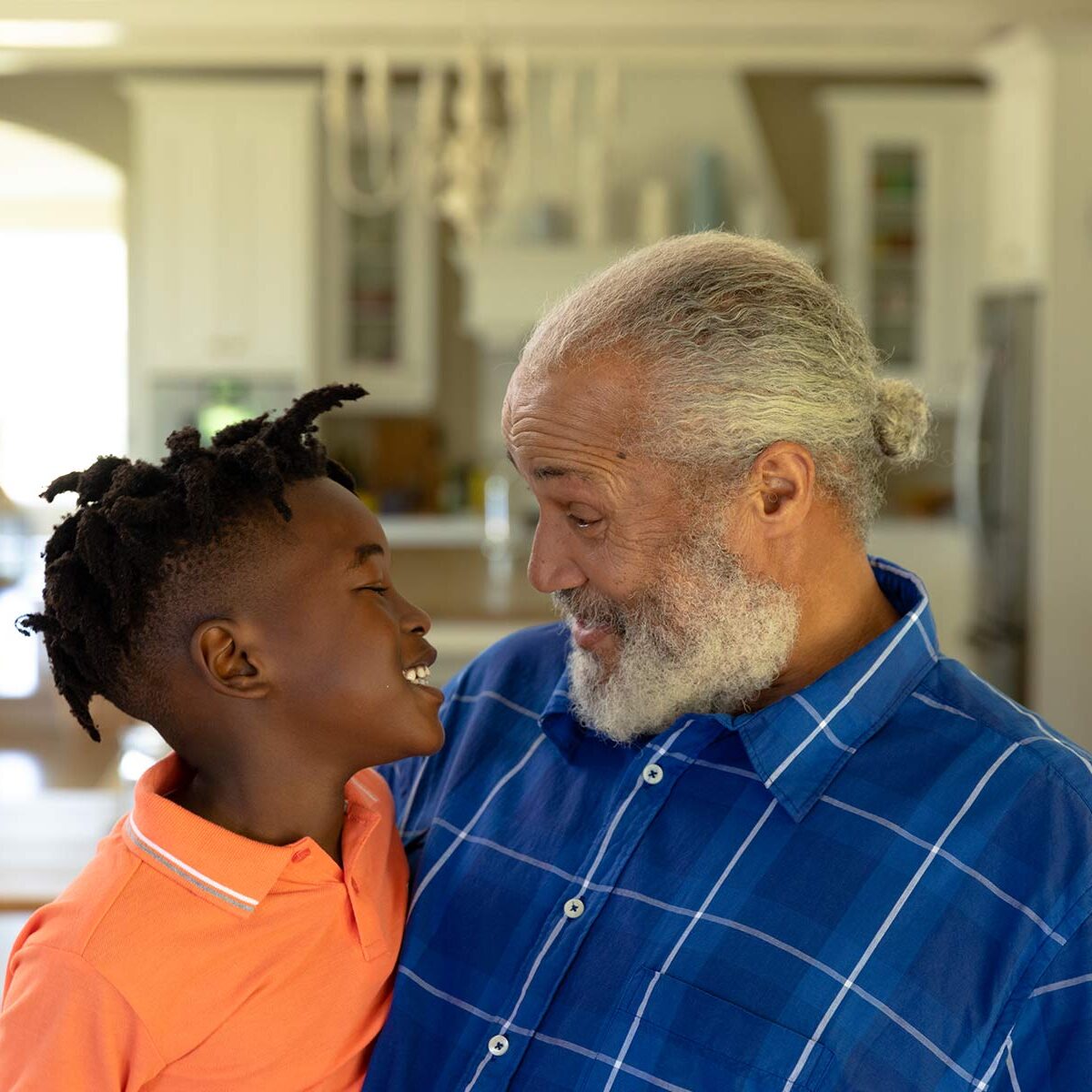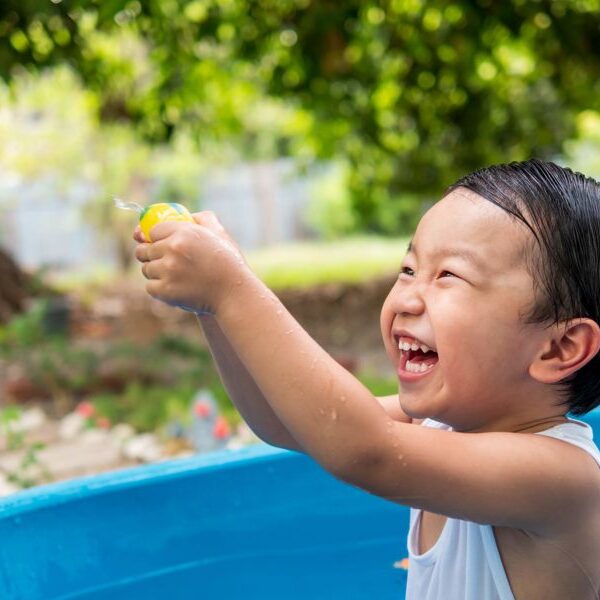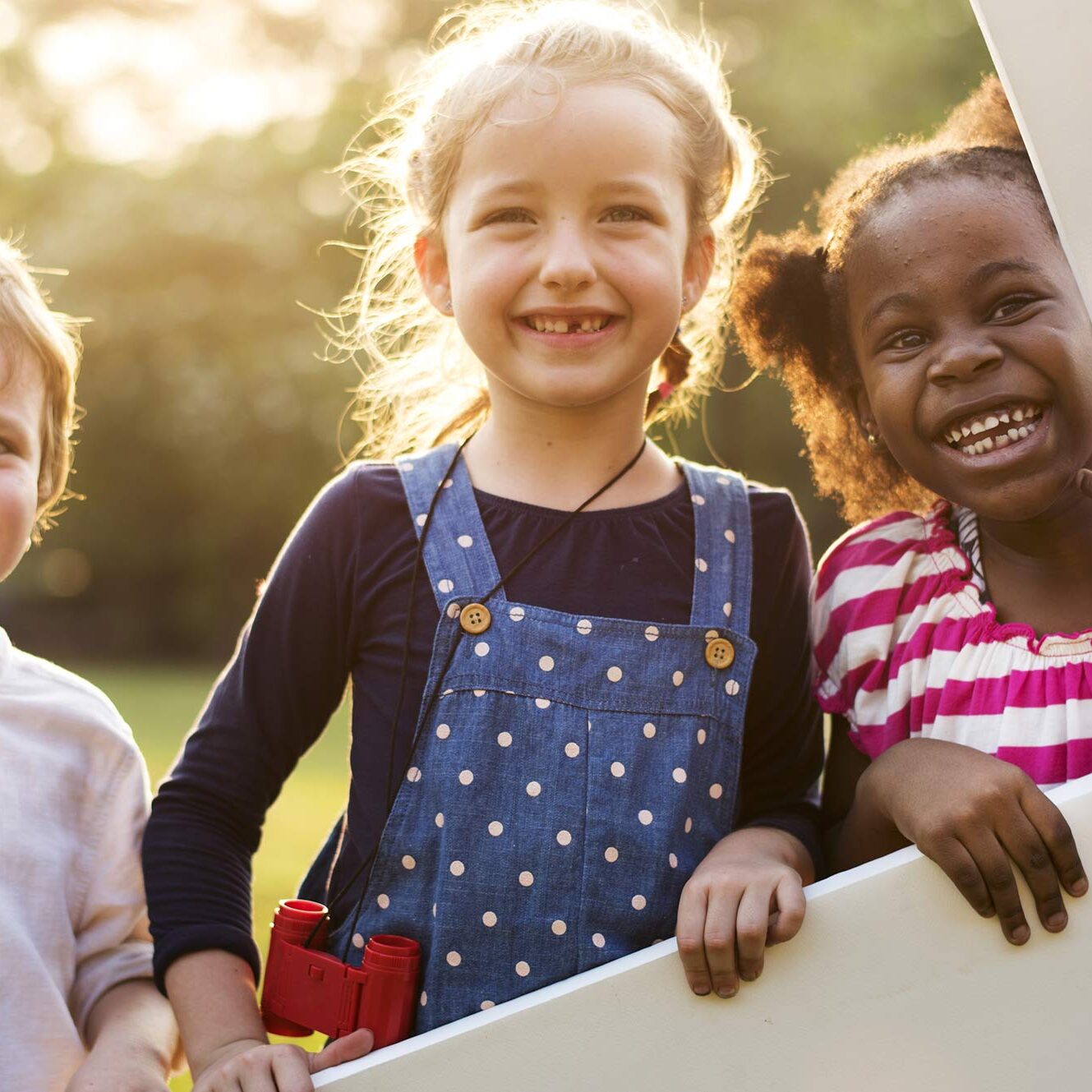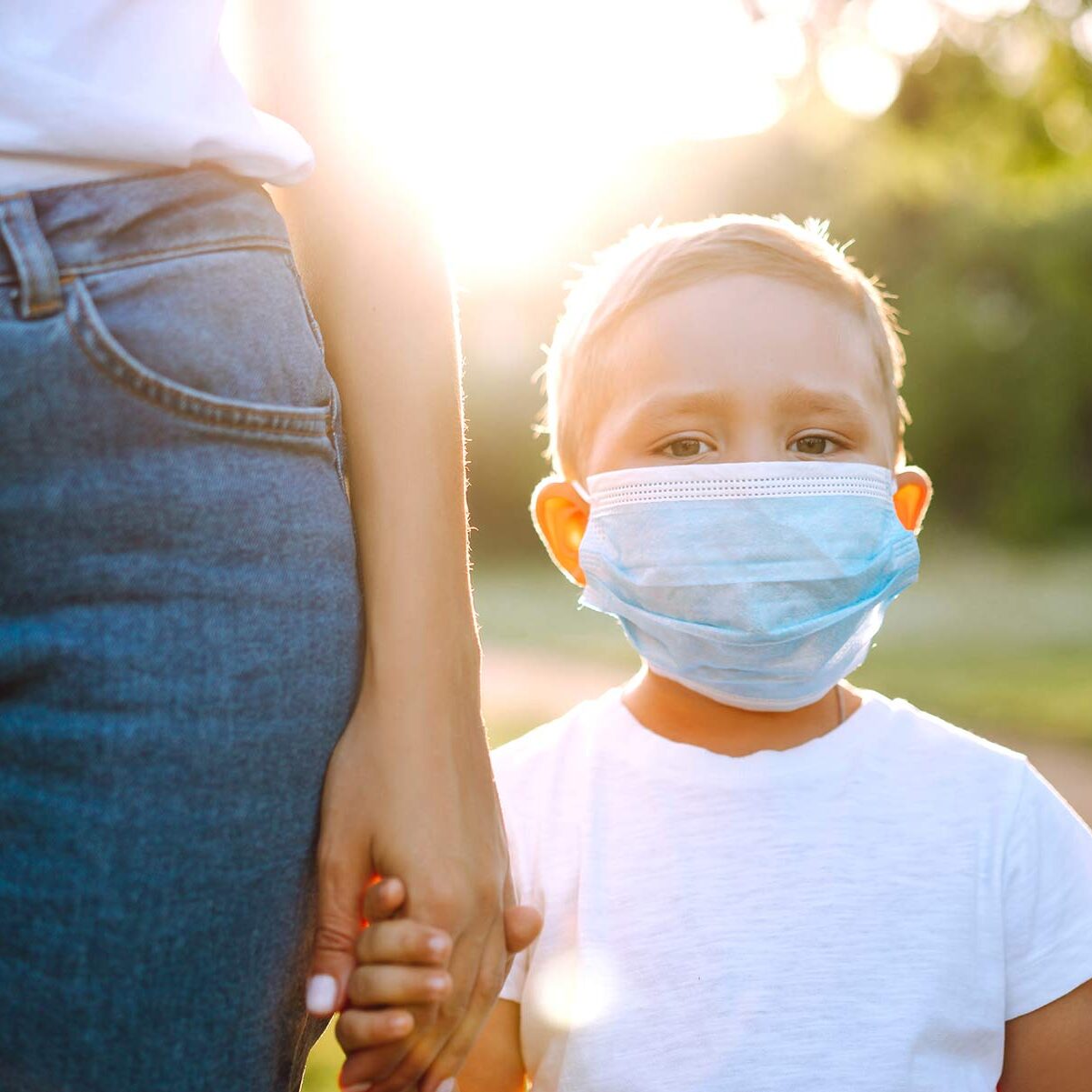
ABOUT THE AUTHOR
OhioKAN Staff
OhioKAN Staff Member
OhioKAN is a flexible and responsive kinship and adoption navigator program designed to support children, youth and their families.
All families, and all people, experience trauma differently. Some factors such as a child’s age or the family’s culture may influence how the family copes and recovers from a traumatic event. Trauma changes families as they work to survive and adapt to their circumstances and environment. More than two thirds of children in the United States experience a traumatic event or circumstances such as abuse, neglect, or death of a loved one by the time they turn 16.
What is trauma?
Trauma can be defined as a single event, a series of events, or a set of circumstances that have a lasting and harmful effect on an individual’s functioning and overall well-being. It Is thought that one out of every four children in the United States have experienced at least one form of trauma (Virtual Lab School, Trauma-Informed Care in Child Care Settings).
The following are just some of the possible traumatic experiences that young children may experience (Virtual Lab School, Trauma-Informed Care in Child Care Settings):
- Physical, sexual, psychological, or emotional abuse.
- Witnessing domestic violence in the home.
- Experiencing a natural disaster.
- Traumatic grief
- Experiencing a robbery or break-in.
- Experiencing chronic homelessness.
- Military-related stressors, such as parental deployment or injury.
Trauma Symptoms
It is important to understand that each child uniquely experiences and processes trauma differently. Because there is no standard way in which children process traumatic experiences, there is a wide range of cognitive, social, emotional, or physical symptoms that a child may or may not demonstrate.
To understand the range of symptoms that children may exhibit following exposure to trauma, it’s necessary to consider the developmental stage of the child. Children develop at a fast rate during the first years of their lives. Each stage comes with unique challenges and important developmental milestones.
Symptoms of trauma can affect children of all ages without regard to developmental stages. Examples include major changes in eating or sleeping, nightmares, anger or rage, unreasonable fear, or unusually strong startle reactions (Virtual Lab School, Trauma-Informed Care in Child Care Settings).
Childhood Trauma Across Developmental Stages
Infants: birth-2 years
- Tantrums that do not stop within a few minutes
- Inability to be soothed or comforted
- Easily startled
- Loss of skills (use of toilet or speech)
- Aggression
- Sleeplessness
- Withdrawal from previously trusted adults
- Avoidance of eye contact or physical contact
Preschoolers: 3-5 years
- Poor skills development
- Difficulty focusing
- Inability to trust others or make friends
- Stomachaches and headaches
- Unusual clinginess
- Bedwetting
- Sleeplessness
- Eating problems
- Lack of self-confidence
- Acting out in social situations
What is Trauma-Informed Care?
Institute on Trauma and Trauma-Informed Care
Trauma-Informed Care understands and considers the pervasive nature of trauma and promotes environments of healing and recovery rather than practices that may unintentionally re-traumatize.
Trauma-informed care combines several methods to work with children who have been exposed to traumatic events or conditions. Research suggests that trauma informed care helps to reduce children’s behavior problems and posttraumatic stress.
The Five Principles of Trauma-Informed Care
Trauma-Informed Care follows five Guiding Principles that serve as a framework for how service providers can work to reduce the likelihood of re-traumatization.
- Safety
- Choice
- Collaboration
- Trustworthiness
- Empowerment
Ensuring that the physical and emotional safety of children is addressed is the first important step to providing Trauma-Informed Care. Next, children need to know that the provider is trustworthy. Trustworthiness can be established through boundaries and making clear what tasks are expected of them. When care is a collaboration with service providers, more children participate and the services can be more effective. Finally, focusing on children's strengths and empowering them to build on those strengths while developing stronger coping skills provides a healthy foundation for them to fall back on if and when they stop receiving services.
Tips for Families (from Child Mind Institute)
- Safety first
- Assure the child that what happened was not their fault
- Calmly share information
- Maintain routines
- Respect child’s coping style
- Be a good listener without having to lecture
- Be honest about your own emotions but take care not to overwhelm
- Acknowledge child’s feelings/don’t deny
Movement and rhythm may help with self-regulation:
- Cartwheels, handstands and headstands, somersaults, jumping on the trampoline
- Jumping, crashing, throwing, hanging upside down, doing gymnastics
- Receiving deep pressure massage
- Big hugs, lying under a heavy blanket, tumble play
- Finding a rhythm through dance, drumming, throwing a ball, clapping, swinging
- Singing with others encourages breathing & connection
References and Additional Resources
Ohio Resource: The Impact of Trauma on Students | Ohio Department of Education
Child Mind Institute:
- Signs of Trauma in Children - Child Mind Institute
- Helping Children Cope With Trauma (childmind.org)
- For families: Family Resource Center - Child Mind Institute
Virtual Lab School: Trauma-Informed Care in Child Care Settings: An Introduction | Virtual Lab School.
Institute on Trauma and Trauma-Informed Care: What is Trauma-Informed Care? - University at Buffalo School of Social Work - University at Buffalo





